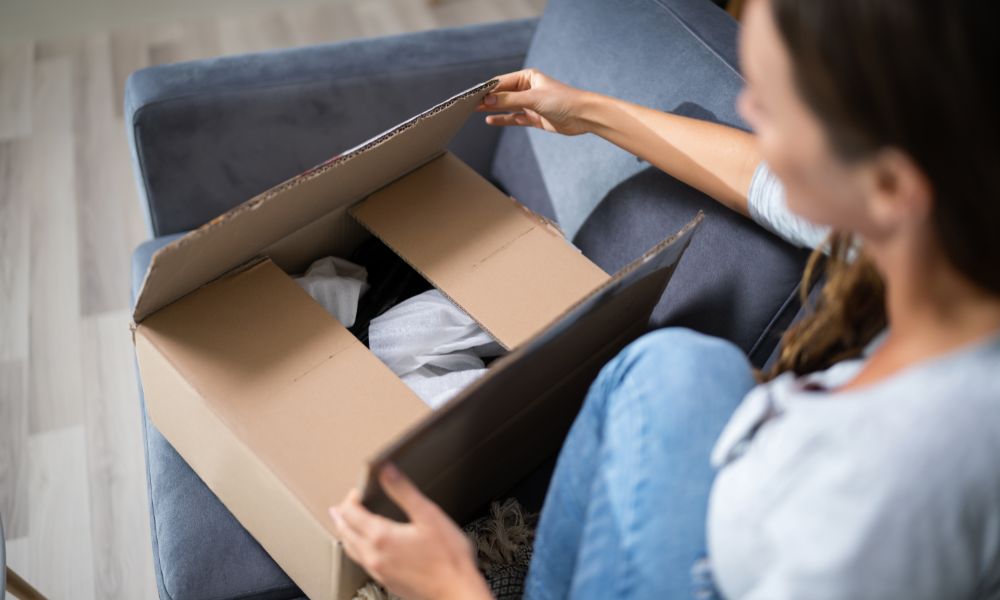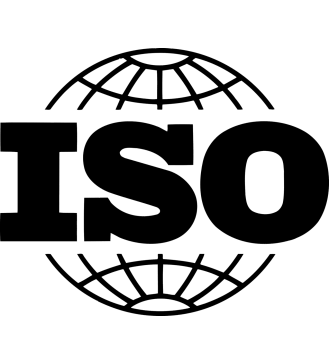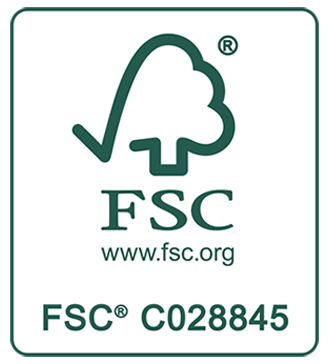
How you advertise your products determines whether customers take any interest. The physical experiences of consumers—such as gaining awareness of a brand, picking a product off a shelf, and completing a transaction—matter. Today’s customers consider their unique experience with a brand as significant as its products.
Each product layer—including packaging design—plays a pivotal role in crafting the ultimate experience. The packaging process reveals the themes of a particular brand peeled back one layer at a time. Packaging is, therefore, an effective marketing tool to use to your advantage.
In regard to packaging layers, companies must understand that there is no straightforward solution or one-size-fits-all approach. The best custom design will be unique to your brand’s product, packing process, supply chain, and complete distribution cycle, whether focused on in-person retail or e-commerce. Here’s your guide to understanding packaging layers and their place in a design strategy.
What Is Good Package Engineering?
Good engineering creates the best packaging design—from the initial conceptualization to final development—and ensures a brand’s product and packaging are consistent with one another. This consistency is essential to telling a unique story and creating a harmonious customer experience.
For this reason, designing effective product packaging requires keeping both form and function in mind. Structural engineers and graphic designers must pay close attention to the minute details that end users will admire or appreciate when the product is in their hands.
The Role of Package Design in the Supply Chain
Well-designed product packages also are the main characters in the supply chain. The packaging process is a coordinated system of preparing products for movement throughout the entire supply chain in a safe, productive, and cost-effective manner. Designers and engineers must create packaging that leads to the end goal of optimized consumer value and business profits.
Having a broader understanding of these logistics helps to create a product package that is efficient, dependable, and appealing throughout each phase of the cycle. Packaging engineers and designers must focus on the layers of primary, secondary, and tertiary packaging.
The Three Layers of Product Packaging Design
As you read this guide to understanding packaging layers, remember that the nature of your product determines the number of layers you need. Traditionally, there are three layers of packaging. The first is the layer the customers see, the second is the inner product placement layer, and the third is the outer layer or product wrapping. Each layer serves its own purpose and has its own responsibility, meaning some products may solely need one or two instead of all three. These layers of packaging provide businesses with various opportunities to represent their values and share their unique stories.
Companies should develop a product packaging design strategy for each exterior packaging layer. Putting extensive care and design consideration into the innermost layer is important. Yet, the outermost layer of the box is what gives that influential first impression to potential customers.
Each product packaging layer should have a cohesive design to curate an out-of-the-box unboxing experience for targeted consumers. Let’s take a closer look at each layer to understand their operational roles.
Tertiary: Outer Packaging
Tertiary packaging is what protects a product from external elements. This layer of packaging holds the most responsibility for protecting the product before it reaches the end user. The main goal of this layer is to ensure your packaging supply remains safe and sound—and upholds the consistency of your brand’s reputation.
For example, tertiary packaging may be the shipping box or shopping bag you place the product in. This outer layer ensures the primary and secondary layers of packaging—alongside its contents—arrive on retail shelves or at customers’ homes in perfect quality condition.
Secondary: Inner Packaging
Secondary packaging is ideal for efficient shipping and transportation logistics. Additionally, this is likely the first exterior layer a potential customer sees. This layer does not typically come into direct contact with the product and often serves as an effective marketing or external branding tool.
Through this method, secondary packaging can advertise the product on an e-commerce storefront or retail shelf. For example, a small box or bag can act as an additional layer of protection or consolidation for primary packaging forms in a set.
Primary: Product Packaging
When consumers think of the concept of packaging, the primary layer is most likely what they envision. Primary product packaging is the layer that holds or contains the product itself. This form may be a box, bottle, tin, tube, wrapper, pack, or carton, among other unique options. The purpose of this layer is to heighten product appeal and enhance the ease of use for the end-user.
Construction of this packaging layer focuses on the product and how to best store or protect it. If there is no secondary packaging involved, this is the layer that consumers will see on shelves or in photographs online.
The User Experience: Layering Aspects To Consider
Focusing on the end-user or customer experience is essential when deciding how many packaging layers your product needs. Considering several key factors will help you determine any logistical must-haves. For instance, delicate, expensive products require more durable, secure packaging, while large or uniquely shaped products may require custom packaging solutions.
For this reason, consider the purpose of your product. Is the product for regular or occasional use? Does the product come in a liquid or solid form? Don’t forget about the target audience or market. Who is your buyer persona or ideal customer? How and when will the product packing design affect them? The answers to these questions will influence the number of layers required in your packaging design.
Custom Packaging Solutions: Ideas and Options
Working with an industry professional is ideal for custom packaging solutions, particularly for quality, high-end branding. Packaging design involves a variety of technical approaches and considerations to achieve complete product optimization. The right choice of material and packaging layers can improve the final design in both appearance and function.
Custom-printed rigid boxes are an innovative packaging option to consider for one-of-a-kind products. With greater thickness, these boxes are valuable, sturdy, and cost-effective solutions. Golden West Packaging is here with premium rigid packaging solutions in a wide array of popular styles. The luxurious look and feel of this thoughtful design can be the final layer that speaks to your branding theme.




